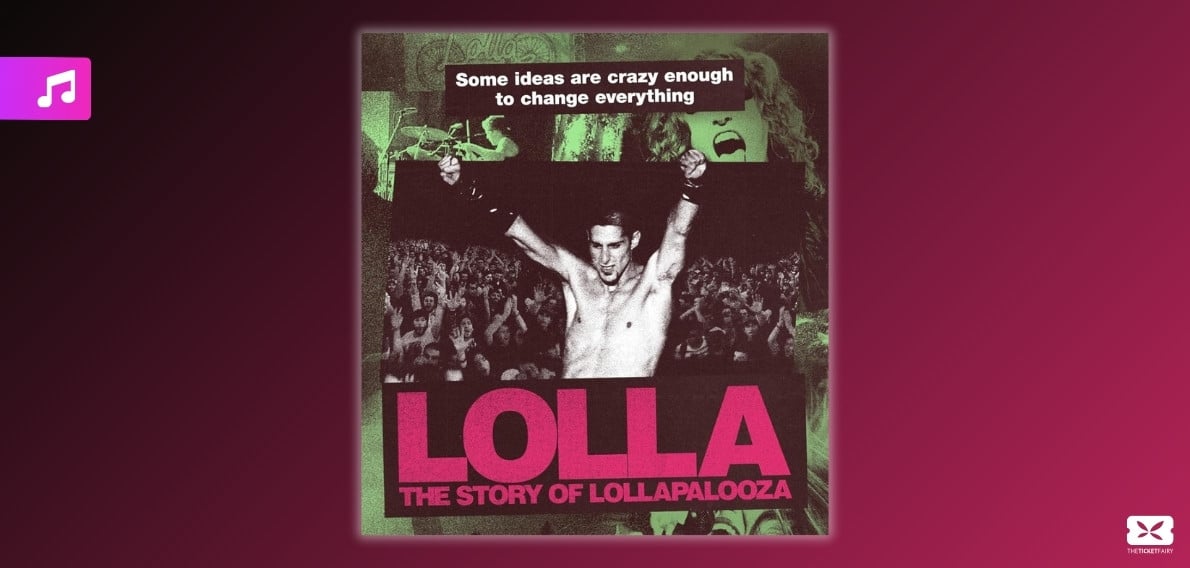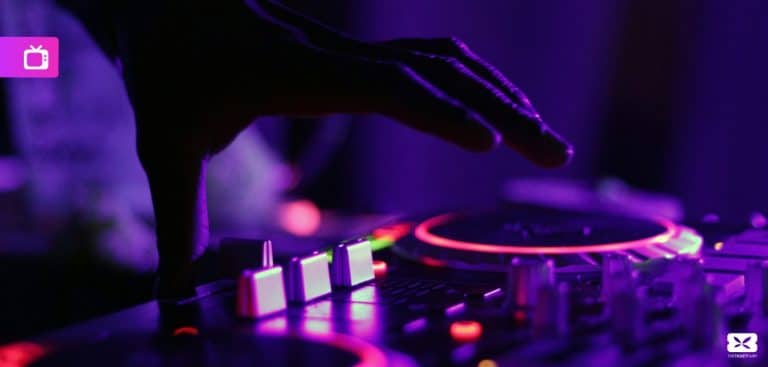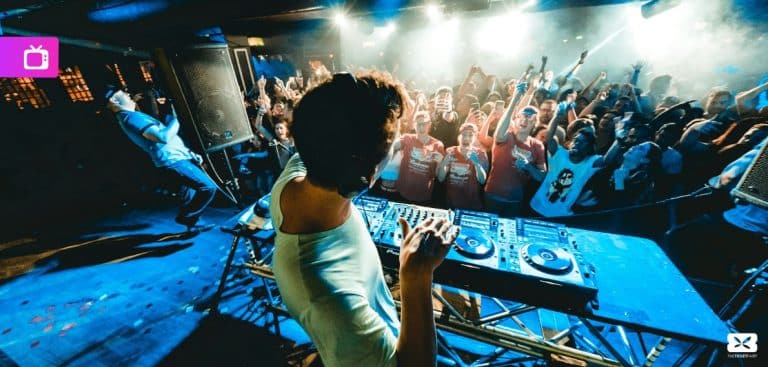Lollapalooza is one of the biggest music festivals that takes place annually at Grant Park, Chicago. Giving us a deeper look into the festival’s roots is Paramount+’s three-part docu-series, ‘Lolla: The Story of Lollapalooza,’ directed by Michael John Warren. It chronicles the history of Lollapalooza, its highs and lows, and how it altered the music industry. Featuring interviews with the festival’s co-founders, artists, musicians, journalists, and those in the music business, along with archival footage and MTV’s news coverage of the festival, ‘Lolla: The Story of Lollapalooza’ helps us learn about the festival, which took shape in 1991. We take a look at what made Lollapalooza the festival giant it is today and some highlights from ‘Lolla: The Story of Lollapalooza.’
Lollapalooza Started Out As a Farewell Tour for Jane’s Addiction
What is now a four-day annual music gathering for nearly 400,000 revelers, Lollapalooza was once a touring festival making stops in more than 20 cities across the US and Canada. It started off as a farewell tour for Los Angeles’ Jane’s Addiction. Due to its eclectic line-up, effervescent energy, and amazing music, Lollapalooza became one of the most distinguished festivals.
British rock band Siouxsie and the Banshees, Nine Inch Nails, Ice-T and Body Count, Rollins Band, NYC-based Living Color, Butthole Surfers, and Fishbone were on the artist card at the debut edition of Lollapalooza alongside Jane’s Addiction in 1991. Its nascent stages were a celebrated event because it reached the youth and children in the cities, suburbs and rural areas alike.
Perry Farell’s Vision for Lollapalooza
As mentioned earlier, Lollapalooza didn’t start as a music festival, however, its exponential growth and success made it the mega music event it is today. Along with giving a platform and stage to talented acts, former Jane’s Addiction vocalist Perry Farell wanted attendees to immerse themselves in art and other throttling activities. Festival-goers could get tattoos and henna and also register to vote! Nonprofit and political organizations were also present at Lollapalooza. “I’m not putting this thing together to make the most money. I’m putting this thing together to make the most joy,” says Farell in the documentary. He revealed that Rick Rubin made an offer to buy the name “Lollapalooza” for a million dollars but the vocalist declined.
Lollapalooza – More Than Just a Music Festival
Like-minded individuals and youth gathered at Lollapalooza and connected with one another; The festival was about unity and peace. When Ice-T and Perry Farrell took the Lollapalooza stage to perform Sly and The Family Stone’s ‘Don’t Call Me N-word, Whitey,’ the audience was shocked and they ended the song doing tango with one another.
The festival became a place where festivalgoers understood one another. They believed in something and became a part of the world that wanted to see a change. As someone in the documentary said, the festival has “non-profits, art, political information, pro-choice, animal health supporters, goth kids, punk rockers, intellectuals, surfers, skaters,” in an interview, indicating there was something for everyone at Lollapalooza.
The Lows
Although the festival went off to a good start, it did hit some bumps along the way. One particular year, Farrell himself had to leave as a decision taken by the festival didn’t align with his vision. As Lollapalooza got more and more popular, things started to change. Mainstream artists were on the bill, ticket prices started to rise, and eventually, the festival bid farewell for a while until C3 Presents came into the picture. Known to host some of the biggest names we know now, like Rage Against the Machine, Metallica, Pearl Jam, Soundgarden, Ministry, Green Day, Beastie Boys, and many others, Lollapalooza’s roster lacked women or women-fronted groups compared to their male counterparts in its early editions. However, as we know now, the last few years have seen Billie Eilish, Ellie Goulding, Lana Del Rey, HAIM, Halsey, Lorde, Ariana Grande, Miley Cyrus, and Dua Lipa as the headlining acts.
Lollapalooza – a Lasting Influence
With word of mouth and MTV’s coverage, Lollapalooza became a huge part of the music and music business. Having names like Living in Color, Ice-T, and Body Count in its first year was incredible. Fans could not only listen to their favorite bands but also begin to fall in love with the other artists on the line-up. They were often getting calls to put bands on the line-up but the founders and the Lollapalooza team were meticulously planning the music affair. It is this festival where Ice-T performed ‘Cop Killer’ before a massive crowd and where Rage Against the Machine did a naked protest with black tape on their mouths.
Lollapalooza opened the doors for many popular festivals of today as it served as an inspiration to curate an eclectic line-up and welcome artists and fans to one location with side stages for an annual event. Festivals like Coachella and Bonnaroo began following this model because of Lollapalooza. Today, Lollapalooza sets the stage for hundreds of thousands of people to see some of the most popular artists before them as well as get a taste of other artists and music they may have not been interested in before. The festival has also expanded to other cities like Chile, Brazil, Argentina, Berlin, and the latest – Mumbai.
You May Also Like:
5 Documentaries About the Indian Hip-Hop Scene You Can Watch Right Now
Music Documentaries To Watch In 2024



